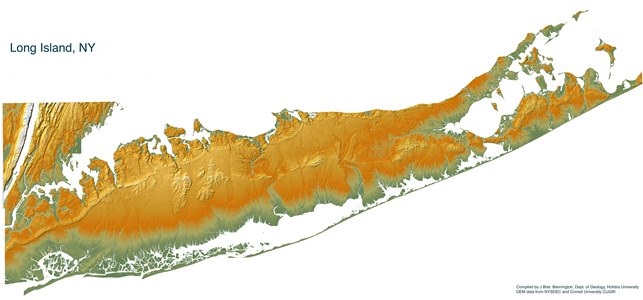This research project will investigate the complex interactions among public and economic policy, land-use changes, and invasive plant distributions in the watersheds of Long Island Sound, which include land in seven northeastern states and Quebec in Canada. Once completed, the project will provide a novel modeling methodology for forecasting land-use change; analysis of long-term plant invasion dynamics over a set of possible future land-use scenarios; and an empirical test regarding the optimal locus of governmental policy in dealing with invasive species. The project also will yield practical insights about the potential tradeoffs in setting land-use and invasive species policies at the local vs. higher governmental levels as well as new guidance regarding how spatial variation in management strategies influences invasive species abundance. Because the researchers are interacting with land managers, government agencies, non-governmental organizations, and citizen scientists, project findings will be disseminated broadly and can assist in the management of watershed-level socioecological systems, thus enhancing their resilience. Data and insights from the project will be widely available in association with the Invasive Plant Atlas of New England (IPANE), and workshops and online tools made available through IPANE will be reach out to the public on issues related to invasive species biology and related government policies. Targeted educational activities will aim to share the excitement of conducting interdisciplinary science with middle-school students (especially girls) and secondary-school math and science teachers. The project also will provide special education and training opportunities for undergraduate and graduate students. This project is supported by the NSF Dynamics of Coupled Natural and Human Systems (CNH) Program.
Scientists, policy makers, resource managers, and the public long have been interested in understanding interactions among human activities, invasive plants, and land-use changes, especially as they assess the impact of local, state, or regional policy choices in dealing with invasive plant species. Because the interactions among human activities, land-use systems, policies, and invasive plants are functionally and structurally complex, the researchers conducting this project will provide accessible tools to forecast land-use change and invasive species spread using a scenario approach, and they will quantify spatiotemporal uncertainty of future interactions among human activities, policy choices, land-use changes, and species invasion processes at multiple spatial scales. They will seek answers to the following sets of scientific questions: (1) How might land use change in the future in response to changes in public and economic policies? (2) How will invasive plants respond to future changes in land use and management strategies? (3) Are there policy and management combinations that are effective at controlling invasive plants, and at what level of government should they be implemented? To help answer these questions, the investigators will develop a set of economic and policy scenarios affecting land-use change and invasive species management, develop a new land-use change model, improve methodology for modeling invasive species distributions, and complete multi-jurisdiction policy comparisons on projected invasive species abundances.

Connect With Us